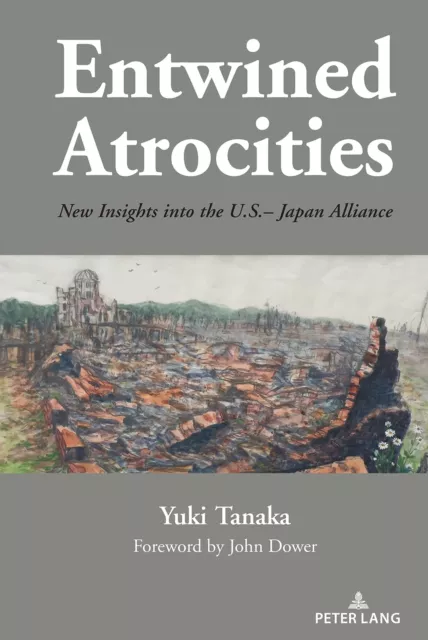Entwined Atrocities : New Insights into the U.S.-Japan Alliance. Yuki Tanaka / I
EUR 28,00 Sofort-Kaufen, Kostenloser Versand, eBay-Käuferschutz
Verkäufer: buchfundus-berlin ✉️ (12.678) 99.8%,
Artikelstandort: Berlin, DE,
Versand nach: AMERICAS, EUROPE, ASIA, AU,
Artikelnummer: 335289612738
Entwined Atrocities : New Insights into the U.S.-Japan Alliance. Yuki Tanaka / I. Entwined Atrocities : New Insights into the U.S.-Japan Alliance. Yuki Tanaka / In Beziehung stehende Ressource: ISBN: 9781433199974
Entwined Atrocities : New Insights into the U.S.-Japan Alliance. Yuki Tanaka / In Beziehung stehende Ressource: ISBN: 9781433199974 von Tanaka, Toshiyuki: Autor(en)
Tanaka, Toshiyuki:Verlag / Jahr
New York ; Berlin : Peter Lang Publishing Inc. New York - Peter Lang Verlag, 2023.Format / Einband
gebundener Originalpappband LIV, 388 Seiten ; 21 cm x 14.8 cm, 690 gSprache
DeutschGewicht
ca. 685 gISBN
143319953XEAN
9781433199530Bestell-Nr
1223288Bemerkungen
Bestens erhalten, neuwertig. Very clean and nearby as new. Numerous books on the topic of the atomic bombing of Hiroshima and Nagasaki have been published hitherto. Yet, no one has written about the fire and atomic bombings in the context of the U.S. justification of the crime of indiscriminate bombings and its relationship to Japans political exploitation of the atomic bombing to cover up Hirohitos war responsibility. Further, no one has analyzed the fundamental contradiction in Japans peace constitution between the concealment of Hirohitos war crimes and the responsibility of the U.S. Readers will learn how Japanese and U.S. official war memories were crafted to justify their respective wartime performances, exposing the flaws and failing of present-day democracy in Japan and the U.S. This book also explores how Japanese people could potentially create a truly powerful cultural memory of war, utilizing various forms of artwork including Japans traditional performing art, Noh. It should appeal to many readershistorians (both modern American and Japanese history specialists), constitutional scholars, students, peace and anti-nuclear activists, intellectuals as well as general readers. Japanese historian Yuki Tanaka presents here his life work on the grand subjects of Japanese war responsibility, the US-Japan relationship, US and Japanese war crimes and the emperor system. Matching meticulous archival research with personal and political advocacy, he concludes by calling upon Japanese and American civil society to confront the present-day Japanese state and inter-state system as a fundamentally flawed, seven-decade long design of obfuscation, concealment, and manipulation. It is also, he argues, increasingly precarious. Tanakas radical, wide-ranging thesis deserves to be read. Gavan McCormack, Emeritus Professor, Australian National University This fascinating book caps decades of careful thinking about why nominally democratic Japan seems so undemocratic and so trapped in self-destructive foreign policies today. The author zeros in on postwar Japanese and American government collaborations to explain this phenomenon, including joint evasion of responsibility for bombing civilians during World War II, when, ironically, they themselves were bitter enemies. This is a genuinely thought-provoking contribution with many arresting observations based on little-known research about such topics as the emperors place in the postwar Japanese political system, the 1945 surrender decision, Japans history of empire, and the politics of nuclear weapons in postwar Japan. Laura Hein, the Harold H. and Virginia Anderson Professor of History, Northwestern University, USA Foreword Acknowledgments Authors Note List of Illustrations Prologue: The U.S. and Japans Complicity of Denial of War Responsibilities Indiscriminate Firebombing by the U.S. Forces and the Air Defense System of Japans Emperor- Fascism State Mystification of the Atomic Bombing Tacit Complicity Between the U.S. and Japan The Atomic Bombing, the Tokyo War Crimes Tribunal and the Shimoda Case The Insoluble Contradiction Embedded in the Peace Constitution The Preamble and Article 9 versus Chapter 1 Veiled Political Power of the Emperor as the Symbol of Japan Challenging the Emperors Power of Symbolic Authority Struggles to Humanize the Emperor The U.S. Japan Collaboration in Remembering War Atrocities in Comparison with the German Case Photographer Fukushima Kikujiro Confronting Images of Atomic Bomb Survivors Memories and Symbolism: For Establishing Japans Culture of Remembrance Epilogue: The Nature of Japans Postwar Democracy and Its Future Index. The book examines the U.S. justification of indiscriminate fire bombings and atomic bombings that the U.S. forces conducted over several months in the final year of the Asia-Pacific war. It also discusses Japans political exploitation of the atomic bombing to cover up Hirohitos war crimes. Foreword xiii Acknowledgments xv Authors Note xix List of Illustrations xxi Prologue: The U.S. and Japans Complicity of Denial of War Responsibilities xxv 1 Japans War Apologies vis-a-vis the Acceptance of Apologies by the U.S. xxvii 2 Japans War Crimes and the Treatment of War Criminal Suspects by the U.S. xxxiv 3 The Aim of this Book xl 4 Conclusion xlviii PART I Fire Bombing and Atomic Bombing 1 Indiscriminate Firebombing by the U.S. Forces and the Air Defense System of Japans Emperor-Fascism State 3 1 Japans Air Defense Law and the Air Defense System 5 2 Air Defense and Air Raid Shelters During the Pacific War 10 Contents 3 Protecting the Royal Portrait and Building His Majestys Library 14 4 The Great Tokyo Air Raid and Reinforcement of the Fukiage Bunker 18 5 Indiscriminate Firebombing of Japans Main Islands by the U.S. 25 6 Atomic Bombing as a Continuation of Conventional Bombing 37 7 Entangled Responsibilities of Perpetrators and Victims 40 2 Mystification of the Atomic BombingTacit Complicity Between the U.S. and Japan 51 1 The Hidden Political Aim of the Atomic Bombing of Hiroshima and Nagasaki and the Potsdam Conference 54 2 The Atomic Bombing and the U.S.-Japan Negotiation Over the Retention of the Emperor System 62 3 How Closely Were the Retention of Kokutai and the Effects of Atomic Bombing Interrelated? 76 4 Political Exploitation of the Atomic Bombing: the U.S. Justification of the Genocidal Attack and Japans Excuse for Ending the War 84 5 Concealment of the Responsibility of the Atomic Bombing and Japans Deformed Postwar Democracy 92 3 The Atomic Bombing, the Tokyo War Crimes Tribunal and the Shimoda Case 101 1 Okamotos Struggle for Justice for the Victims of the Atomic Bombings 105 2 Damage Caused by the Atomic Bombings 110 3 The Argument of the Plaintiffs 112 4 The Argument of the Government 114 5 The Final Judgment 118 6 Nuclear Weapons, Crimes Against Humanity and Crimes Against Peace 121 PART II The Peace Constitution and the Emperor System 4 The Insoluble Contradiction Embedded in the Peace ConstitutionThe Preamble and Article 9 versus Chapter 1 129 1 Establishment of Chapters 1 and 2 of the Constitution for the Purpose of Acquitting Hirohito of War Crimes and War Responsibility 130 2 A Loophole in Article 9 Renunciation of War and Demilitarization of Japan 142 3 The Interrelationship Between the Preamble and Article 9 of the Constitution 148 4 The Sovereign State System Versus the Universality of Article 9 153 5 Toward Utilization of Article 9 As the Civil Right of Resistance and the Establishment of Democratic Spirit 159 5 Veiled Political Power of the Emperor as the Symbol of Japan 171 1 Article 1 of the New Constitution as the Succession of Kokutak Emperor s Religious Authority and Inhumane Symbol 172 2 The Political Role of Symbolic Authority: Historical Background 179 3 The Post-war Exploitation of the Power of Symbolic Authority: Creation of the Collective National Sense of War Victims 184 4 The Contemporary Exploitation of the Power of Symbolic Authority: Its Role of Concealing Socio-Political Problems and War Responsibility 193 6 Challenging the Emperors Power of Symbolic Authority Struggles to Humanize the Emperor 207 1 The Food May Day Placard Incident 208 2 An Open Letter to Hirohito from the Students of Kyoto University 210 3 Yamazaki, Shoot Emperor Hirohito! Okuzaki Kenzos Legal Action to Abolish Chapter 1 of Japans Constitution 217 Okuzakis Personal Background Prior to the New Guinea Campaign 218 Historical Background of the New Guinea Campaign 219 Okuzakis Desperate Struggle for Survival in New Guinea 221 The Postwar Life of Okuzaki 224 Development of Okuzakis Ideas on Japanese Society and the Emperor System While in Prison 225 Okuzakis Solitary Battle Against Hirohito and the Emperor System 227 Okuzakis Court Battle Against Hirohito 228 Okuzakis Denunciation of Article 1 of the Constitution of Japan Defining the Position of the Emperor 233 Who is Responsible for Creating an Eccentric Person like Okuzaki? 235 Part III Memories and Symbolism of War 7 The U.S.-Japan Collaboration in Remembering War Atrocitiesin Comparison with the German Case 245 1 Memories of Indiscriminate Killing: How to Make Them a Universal Message for Humanity 246 2 U.S. President Obamas Visit to Hiroshima: a Critical Analysis Through the Eyes of Hannah Arendt 249 3 A Critical Examination of Memorializing the Atomic Bombing of Hiroshima by the Japanese 257 4 German History of Mastering the Past (Vergangenheitsbewdltigung): 1945-1985 267 5 German History from Communicative Memory to Cultural Memory 273 8 Photographer Fukushima KikujiroConfronting Images of Atomic Bomb Survivors 287 1 Kikujiros Lucky Escape from the Atomic Bombing of Hiroshima 290 2 Kikujiros Life During the Asia-Pacific War 293 3 Photographing War Orphans and Widows 295 4 Encountering Atomic Bomb Survivors 297 5 Recording Sugimatsus Agony and the Travails of the Nakamura Family 301 6 Kikujiro as a Professional Photographer 306 7 Conclusion 309 9 Memories and Symbolism: For Establishing Japans Culture of Remembrance 319 1 Sharing Pain Generates Hope for the Future: The Life of Numata Suzuko 321 History of Korean Atomic Bomb Survivors and Their Struggle for Justice 321 Toyonaga Keizaburo and His Contribution to the Movement to Support Korean Atomic Bomb Survivors 324 Numata Suzukos Background and Ordeal as an Atomic Bomb Survivor 326 Numata Suzukos Reformulation of Life by Reconstituting Her Existence 329 Extending Her Moral Imagination to Universal Humanity 334 2 Establishing the Japanese Forms of Cultural Memories of War 337 Utilization of Visual Artwork 337 Performing Art: The Traditional Japanese Noh Theatre 343 Modern Noh Performance 347 Epilogue: The Nature of Japans Postwar Democracy and Its Future 359 1 The Emperor Ideology and the Feeble Democratic Idea of Postwar Japan 359 2 Historical Background to Japans Lack of the Concept of Human Rights 364 3 Three Contradictory Principles of Regulating Postwar Japan 368 4 The Balance of the Three Different Principles is Collapsing 372 Index 372 ISBN 9781433199530
Schlagworte
PolitikUnser Preis
EUR 28,00(inkl. MwSt.) Versandkostenfrei innerhalb Deutschlands
Selbstverständlich können Sie den Titel auch bei uns abholen.
Unsere Bestände befinden sich in Berlin-Tiergarten.
Bitte senden Sie uns eine kurze Nachricht!
Aufgenommen mit whBOOK
Sicheres Bestellen - Order-Control geprüft!
Artikel eingestellt mit dem w+h GmbH eBay-Service Daten und Bilder powered by Buchfreund (2024-04-05)
- Condition: Bestens erhalten, neuwertig. Very clean and nearby as new. Numerous books on the topic of the atomic bombing of Hiroshima and Nagasaki have been published hitherto. Yet, no one has written about the fire and atomic bombings in the context of the U.S. justification of the crime of indiscriminate bombings and its relationship to Japans political exploitation of the atomic bombing to cover up Hirohitos war responsibility. Further, no one has analyzed the fundamental contradiction in Japans peace constitution between the concealment of Hirohitos war crimes and the responsibility of the U.S. Readers will learn how Japanese and U.S. official war memories were crafted to justify their respective wartime performances, exposing the flaws and failing of present-day democracy in Japan and the U.S. This book also explores how Japanese people could potentially create a truly powerful cultural memory of war, utilizing various forms of artwork including Japans traditional performing art, Noh. It
- EAN: 9781433199530
- ISBN: 143319953X
- Genre: Studium & Wissen
- Thema: Kulturwissenschaften
- Verlag: New York ; Berlin : Peter Lang Publishing Inc. New York - Peter
- Erscheinungsjahr: 2023
- Autor: Tanaka, Toshiyuki
- Sprache: Deutsch
PicClick Insights - Entwined Atrocities : New Insights into the U.S.-Japan Alliance. Yuki Tanaka / I PicClick Exklusiv
- Popularität - 0 Beobachter, 0.0 neue Beobachter pro Tag, 42 days for sale on eBay. 0 verkauft, 9 verfügbar.
- Bestpreis -
- Verkäufer - 12.678+ artikel verkauft. 0.2% negativ bewertungen. Großer Verkäufer mit sehr gutem positivem Rückgespräch und über 50 Bewertungen.
Die Leute Mochten Auch PicClick Exklusiv
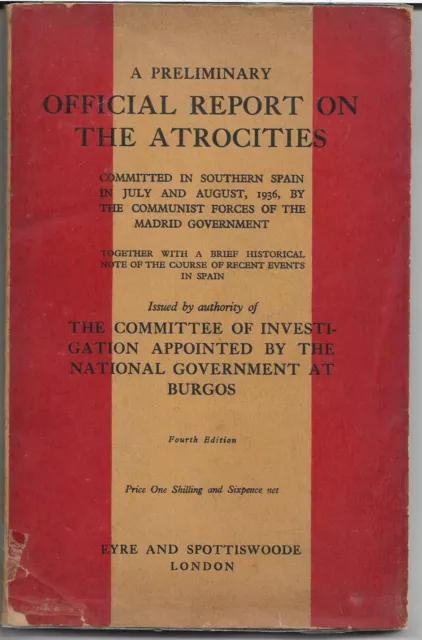
Official Report on the Atrocities in Southern Spain 1936 by Burgos National Govt
EUR 11,69 Sofort-Kaufen 13d 5h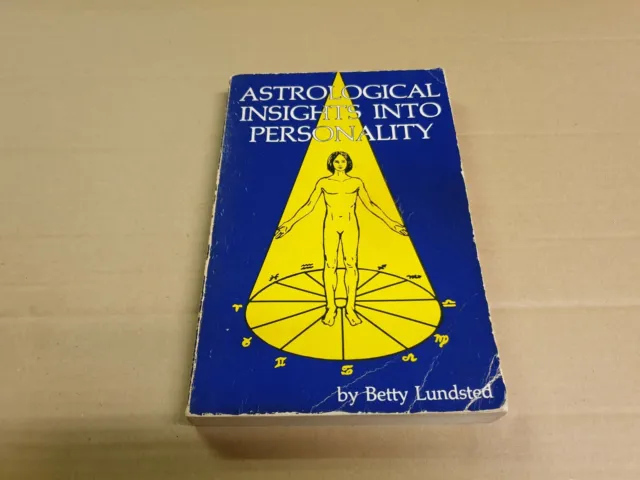
Astrological Insights into Personality Betty Lundsted Paperback 1980 ref BB61
EUR 15,15 Sofort-Kaufen 6d 6h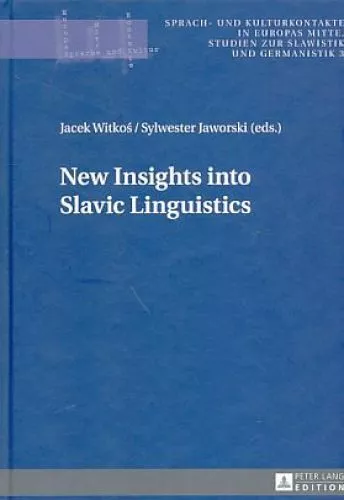
New insights into Slavic linguistics. Sprach- und Kulturkontakte in Europas Mitt
EUR 20,00 Sofort-Kaufen 21d 15h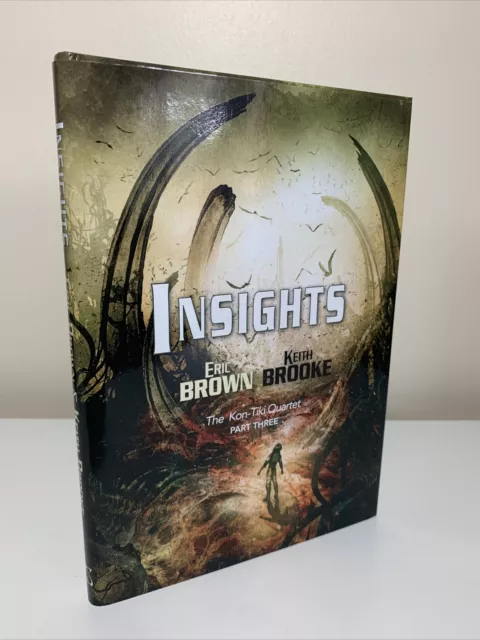
PS Publishing Insights Eric Brown Keith Brooke PC Copy Double Signed Edition
EUR 12,87 Sofort-Kaufen 9d 6h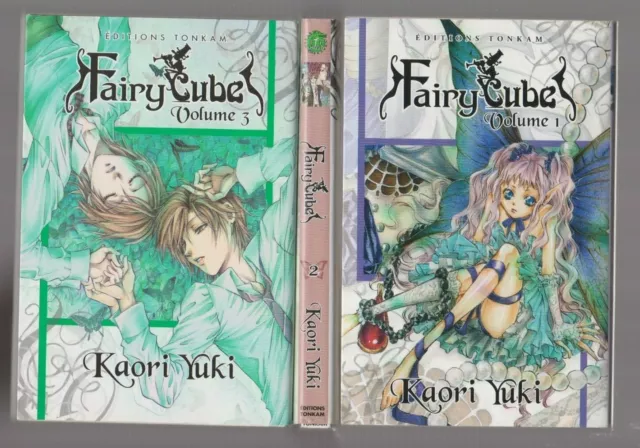
FAIRY CUBES tomes 1 à 3 Kaori Yuki SERIE COMPLETE manga shojo en français
EUR 15,00 Sofort-Kaufen 27d 7h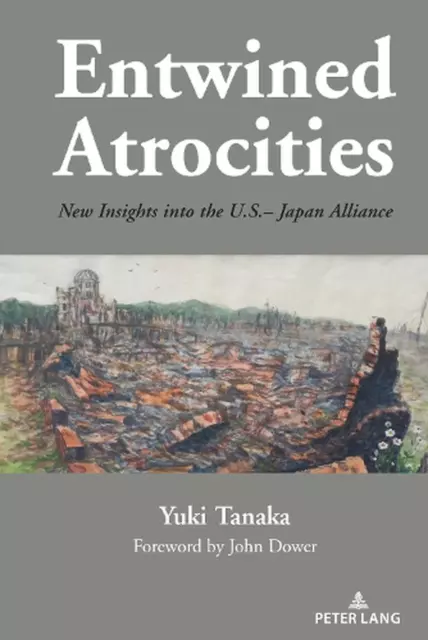
Verflochtene Gräueltaten: Neue Einblicke in die Allianz zwischen den USA und Japan von Yuki Tanaka (E
EUR 162,00 Sofort-Kaufen
